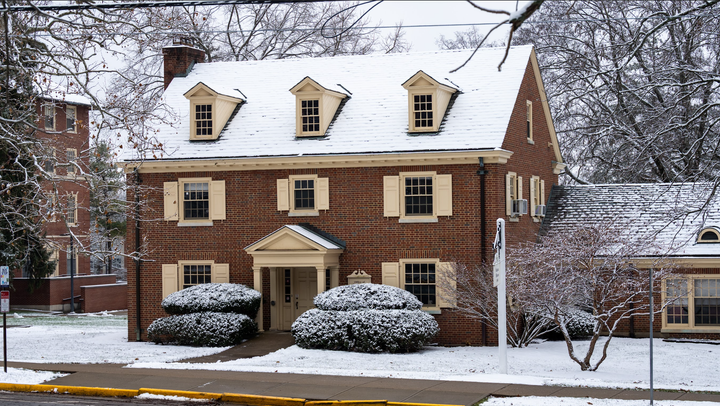State library funding safe — for now — as locals consider long-term sustainability
While the Ohio House backtracked on a proposal that would have limited state funding to libraries, local library staff and patrons worry that the new proposal could make funding more precarious in the future.

Librarians across Ohio experienced a sort of whiplash this month as House Republicans introduced their biennial budget proposal.
When Ohio Governor Mike DeWine introduced his budget proposal in February, he included an increase to the state’s Public Library Fund (PLF) from 1.7% to 1.75% of tax revenue collected in the General Revenue Fund. When House Republicans drafted their own version of the budget, though, they proposed eliminating the PLF in favor of a per capita lump sum to the state’s 251 library systems.
Lawmakers eventually backpedaled, maintaining the PLF but funding it through direct appropriations of $490 million in 2026 and $500 million in 2027 rather than percentages of tax revenue. According to reporting from the Ohio Capital Journal, that comes out to nearly $80 million less than DeWine’s proposal over the two-year period but was a win for librarians concerned about much steeper cuts.
Ohio’s budget is currently in the State Senate and must be passed by the end of June.
Garrett Turner, fiscal officer for the Lane Libraries system in Butler County, said the Lane Libraries get roughly 63% of their funding from the state, while 30% comes from local tax levies and 7% comes from grants, donations and other funding. While the budget passed in the house would still allocate nearly $1 billion in funding to libraries over the next two years, it’s more precarious than a percentage model would be.
“When it’s a line item like that, it can make it easier in the future for legislators to reduce it more or adjust it more than if it’s specifically set aside in a separate fund that they kind of let keep rolling year to year,” Turner said. “So while it doesn’t necessarily come out as bad as expected, probably through lobbying efforts, it’s still concerning maybe for the future.”
Carrie Mancuso, public relations manager for the Lane Libraries system, said the most immediate impact of decreased funding in future years would be on hours of operation and programming. All Lane Library locations, including in Oxford, run programs in the community. While library staff haven’t discussed specific cuts, Mancuso said, those types of programs would likely be impacted.
Librarians are adapting to the proposed funding change at the same time as public schools across Ohio are preparing for a state budget that may not fully fund schools as outlined in the Fair School Funding Plan of 2021. At a federal level, President Donald Trump has initiated plans to dismantle the Department of Education. Those cuts to educational resources make libraries even more essential today, Mancuso said.
“We’re here to be an information source and a resource for everyone, and that only becomes more important as other types of budgets, other services are cut,” Mancuso said.
Lydia Skoglind is a regular patron of the Oxford Lane Library and board member for the Friends of the Oxford Lane Library. She said the local community seems supportive of library systems — 57% of voters supported a levy just last November — but the state budget changes have inspired new efforts to raise awareness at what the libraries do.
Library leadership told volunteers that they felt the Lane Library system will be OK, Skoglind said, but they’re keeping an eye out over the next two months as the budget process continues.
Beyond books, movies and other items available for loan, Skoglind said the Oxford Lane Library branch offers a number of services from free WiFi to study rooms and job search resources, and even a seed library and monthly book sales. For her, though, it’s programs and partnerships outside of the building itself that make the biggest impact.
“If your idea of the Oxford Lane Library is the building on South Locust Street, you’re missing quite a bit,” Skoglind said. “The Lane Library is out in the community … engaging with people for recreational purposes, educational purposes, even environmental things.”
Oxford Lane Library partners with Oxford Parks and Recreation for StoryWalks in Oxford Community Park, and staff give talks and read in the schools, Skoglind said. She’s also looking forward to an April 26 “plogging” event hosted by the library Uptown where joggers will pick up litter as they run.




